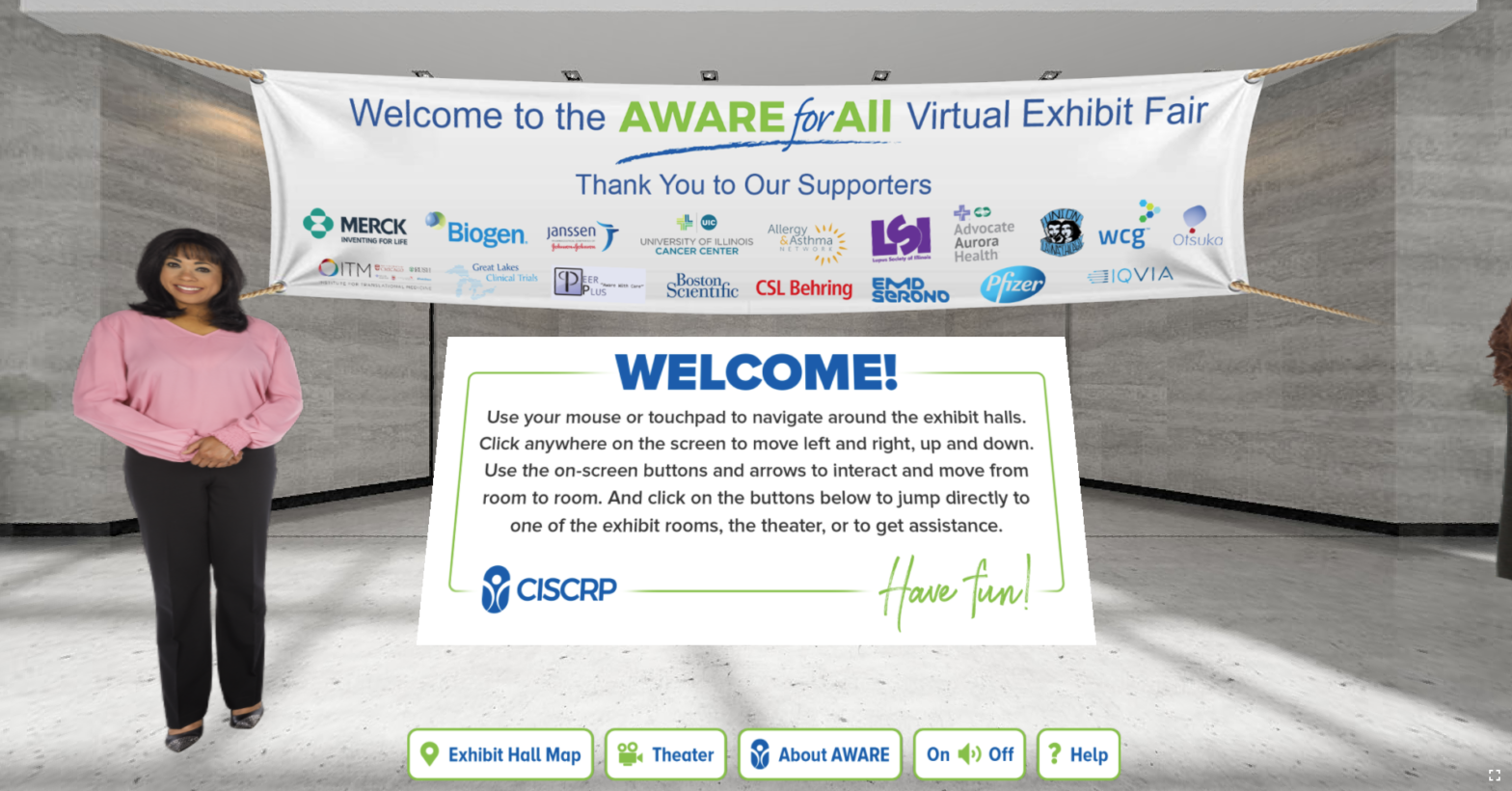How Does Your Garden Grow?
Recently, I purchased a home with several preexisting gardens. I’ve loved seeing all the beautiful displays that springtime brings, but never realized how much energy it took to get from dirt to glorious, and gaa! you get dirty in the process. What parallels are there with training? Let’s consider that in today’s Illuminating Ideas. We’ll look at two related topics — how to have a great garden, and how to improve your skills as a gardener.
Contrary Mary
The old nursery rhyme begins with a question, asking what it takes to make the lovely garden grow.

There are a bunch of historical theories about the backstory of this piece that even include some pretty gory ones (ew!). As an American, I tend to look at things pretty literally, so we’ll just look at this at face value. So how does a garden grow? If you’re a gardener, you know that you need to prep the soil, plant the seeds, bulbs or tiny plants, add fertilizer and water, and hope for sufficient sunshine. If you’re not a gardener, you need to figure all this out, and continue to learn as you go. The key to it all is starting with a picture in your mind of the garden you want. In our learning world, this is your vision of your learners’ new and improved capabilities and the goal of your course.
As the garden grows, you need to tend to the weeds that shoot up uninvited, and have the potential to choke out the garden’s plants. As I’m learning (the hard way!) if you leave a garden untended for too long, the plants will eventually get choked out.
Let’s see how we can avoid this in our training.
Prep the Soil
Just as the gardener prepares the soil, as a learning professional, you need to prepare your learners for training. Do they know what to expect in your program, and more importantly, what they will be able to do at the end of it? Are they aware how it will impact their current world? Lay out the vision clearly for them. Manager support is one of the biggest keys to successful initiatives, so make sure the manager is aware of the value for his or her team so you have that support. Make sure you’ve done your part in the preparation, and just like gardening, don’t be surprised if it gets messy sometimes.
Plant the Seedlings
The planting parallel would be the delivery of our material, whether it’s in a classroom setting, online course, or performance support tool. Is the training easy to get to? Intuitive to navigate? Is it scaffolded, to support the learner in a move to independence? Is there a safe place to try new things, so they can learn from their mistakes? There are lots of things we can do in the design to ensure a good start, just like you nurture seedlings and young plants as they get started with regular watering and fertilizer. We also need to remember that what we deliver in elearning or the classroom is the beginning for the learner. We want them to carry forward with what we’ve taught them and continue to grow.
Even with our good care, sometimes plants wilt a little as they are first planted. The plant must stretch to the sun and drink the water in order to grow strong. This is normal. Similarly, with the discoveries that occur in training. Learning does not always come easily, and takes some work. Sometimes we need to let our learners struggle a bit to gain the new skills.
Weeds!

Once we get our garden planted and things begin to flourish, we need to contend with the invasion of the unexpected weeds. What are the weeds that impact our training? Primarily it’s competing priorities. We’ve constructed a fabulous lesson, sent the learner through it, and hope for the best. Just like the garden that becomes overgrown, our learning gets lost quickly if we don’t provide reinforcement and opportunities for implementation with allowance for a learning curve when the learner gets back to work. We can sprinkle on fertilizer by providing for reminders and reinforcement of our learning. Research* shows that spaced learning is considerably more effective than massed practice. It’s the reactivation of the newly gained knowledge that helps it become embedded within the learners.
Additionally, there can be thorns in our training if it isn’t safe to practice new skills. Is your environment set up so the learner can implement what has been learned? I don’t know about you, but it often takes me a few tries to get to mastery on new skills. If your training inflicts consistent pain like the pricks of a rosebush, your learner may back off and give up. This doesn’t mean that you should make it too easy. The learner may just need to learn to handle the rose around the thorns, or learn to strip them away. Adults prefer challenge, and have greater gains when there is a little struggle to accomplish a goal. Just be careful that it isn’t so complex that it feels like they are walking into a brier patch.
Our goal is to remove as many of the weeds as we can to enable growth in our gardens, and in our learning.
Enjoy
We certainly love being able to step back and admire the work of our hands when the garden flourishes, or our learners blossom into success. We enjoy seeing the ah-ha moments, and delight in hearing their stories as they’ve tried new things and implemented their learning to achieve the desired business goal. In order to get to that point, we can’t neglect the necessary preparation or maintenance.
What About You? Are You Tending Your Private Garden?
Trainer, Writer, always learningHow does your talent grow?With reading, and podcasts, workshops and practice,Then let your brilliance show!
We want to create lifelong, curious learners in our companies, but what about you? Just like the gardener needs to keep up with the trends, you want to have new experiences and inspirations to convey to your learners. Are you a lifelong learner yourself? All too often the training department is like the cobblers children, walking without shoes, or in our case, new learning. We may be the last to get professional development if we rely on others to provide it for us. We must keep learning, and need to be the initiators of it for ourselves. We need to keep growing, but don’t expect it to occur without effort. At Illumina, many of us work diligently to cultivate our personal learning networks (PLN). Whether it’s through conference attendance, local association workshops, reading books and blogs, following learning topics on Twitter, LinkedIn Groups, listening to podcasts or reading newsletters (like Illuminating Ideas!), we work hard to ensure we stay on the leading edge. Want to see our list of PLN recommendations? Click here to see our list our recommended resources.

Choose to tend to your learning. You’ll be a better trainer for it.
Illumina is a full-service learning course and systems development firm, serving corporations, government agencies, non-profits, associations, and educational institutions. From a diverse set of customer projects and learning experiences, we offer Illuminating Ideas — practical and thought-provoking comments on various topics for learning managers and development practitioners.
*Reference:
Logan, J.M., Castel, A.D., Haber, S., and Viehman, E.J.(2012). Metacognition and the spacing effect: The role of repetition, feedback, and instruction on judgments of learning for massed and spaced rehearsal. Metacognition Learning. 7(175-195). Retrieved from http://castel.psych.ucla.edu/papers/Logan%20JOL%20Spacing%20ML.pdf



